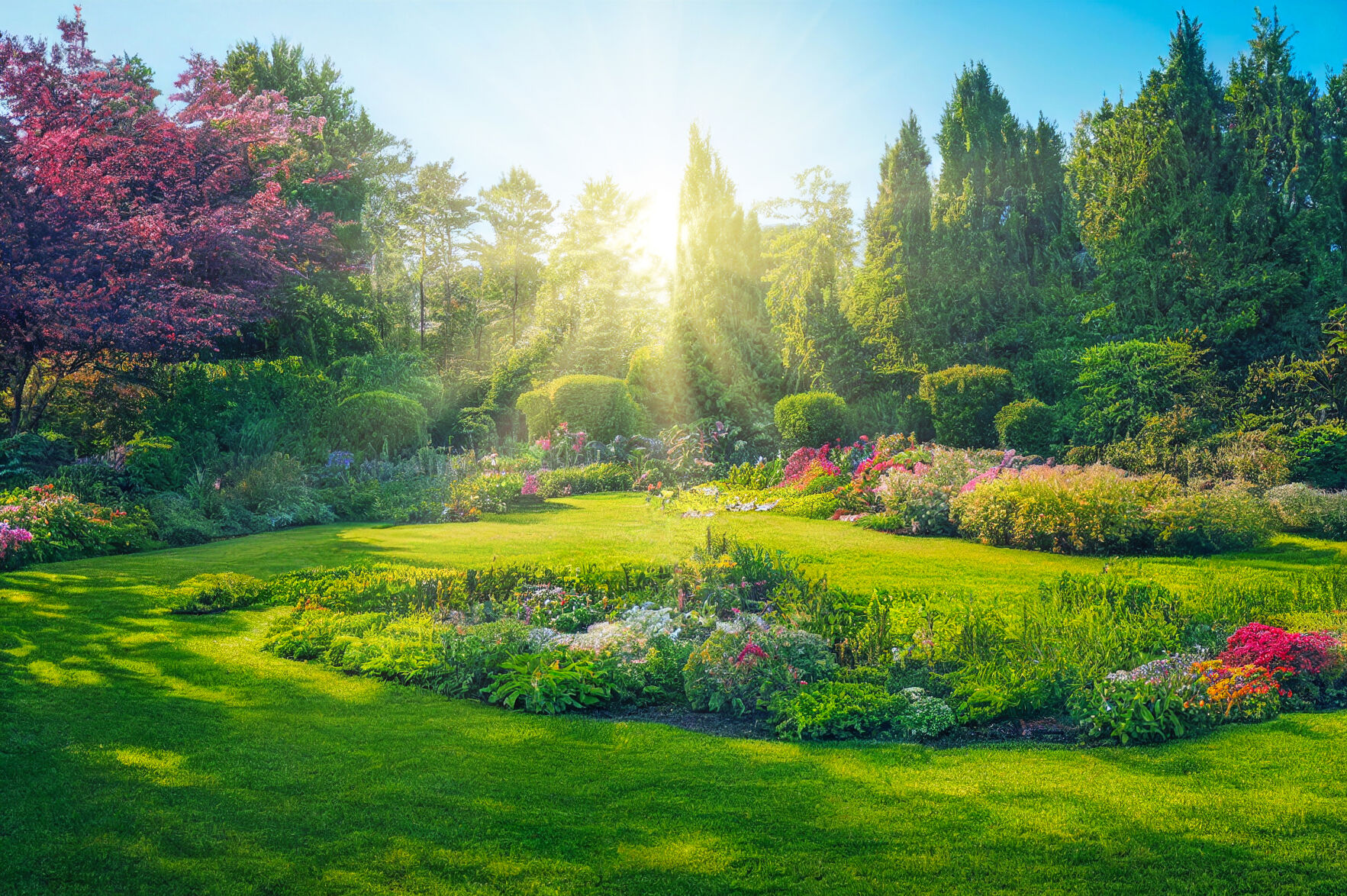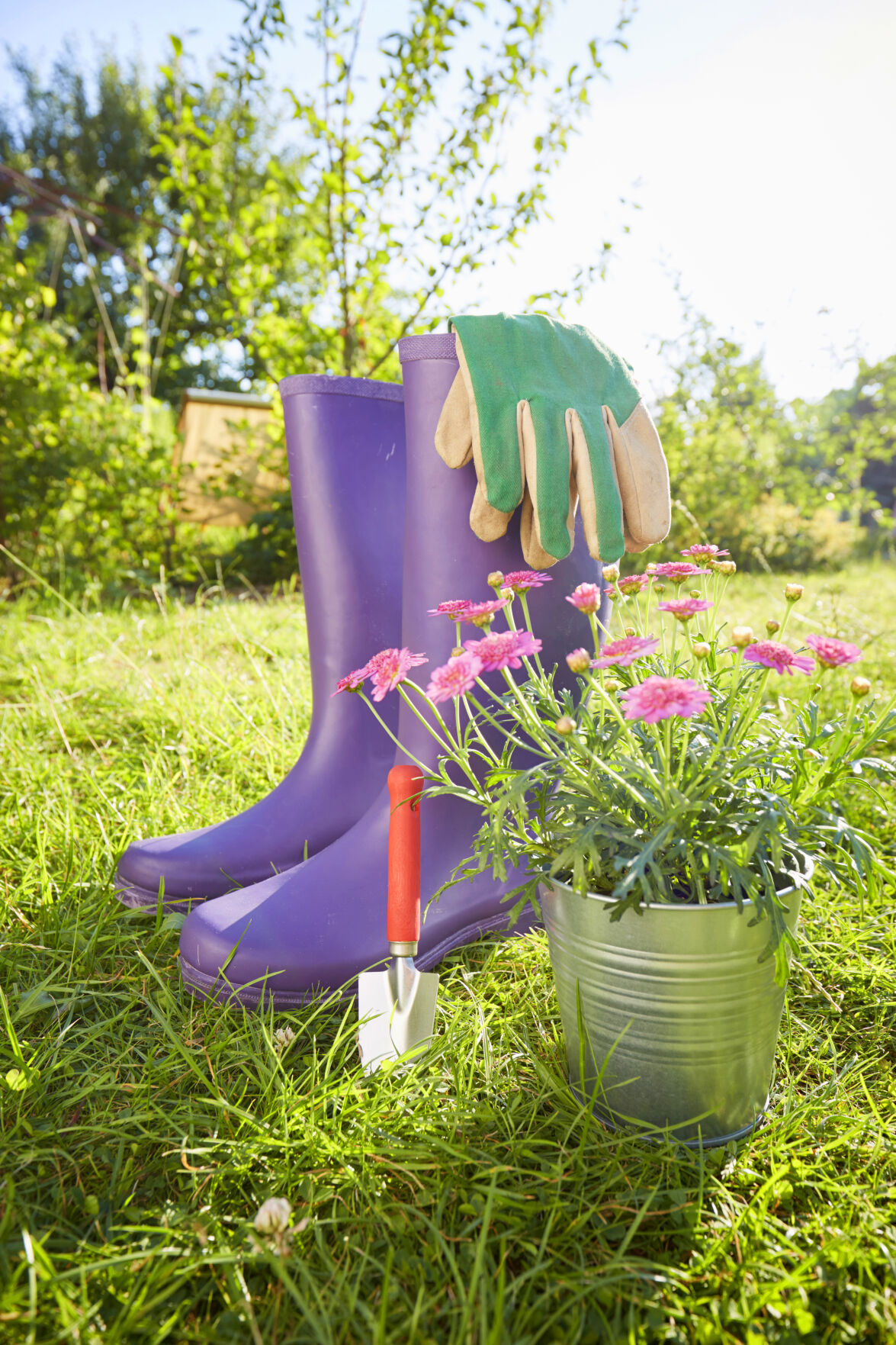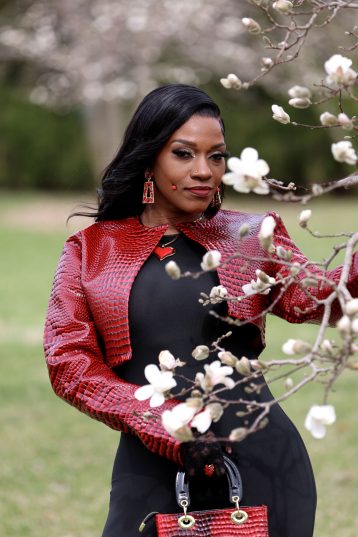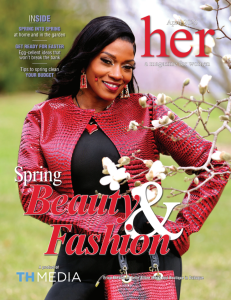While Mother Nature might still have a few chilly surprises in store — it’s the Midwest, after all — it’s almost April, and the signs of spring are in the air, from warmer temperatures to blossoming bushes and longer days.
For Lori Portner, owner of Murphy’s Gardens in Galena, Ill., it’s a particularly joyful, if busy, time of year.
“We’re all plant geeks on our staff, so there’s so much to get excited about in spring,” she said. “One of my favorite things is potting the new blooms and new plants, getting ready and seeing everything wake up.”
As spring arrives in full force, here are a few tips from local gardening experts like Porter to ensure your landscaping is in tip-top shape before the growing season begins.
Plan ahead
If you harbor ambitions of a bountiful garden or flowerbeds bursting with multicolored blooms, but think you might need help to make it happen, it’s best to call a local garden center or nursery sooner rather than later.
“We have people that want us to help them with (landscaping) designs and planting new gardens, and now is a good time for us to do that because it kind of goes from zero to 60 when you’re in a garden center in the spring,” Portner said.
For gardening novices, or just those who want an expert eye, Cornerstone Nursery in Dubuque offers consultations and design advice, according to owner Jake Bohr. The business can create a three-dimensional drawing that can demonstrate how a particular plant will look against the color of a specific house’s brick or siding, to help customers visualize the finished product.
Timing is everything
While it’s still too early to plant most annuals — Mother’s Day or shortly thereafter is your best bet, to ensure the nights won’t be too cold — hardier trees, shrubs and perennials often can be planted around the first of April, according to Bohr.
Even with those plants, Portner noted, make sure you check where they came from and what climate they’re used to.
“If it’s a plant that’s dormant, that’s been grown here and acclimated outside here in the Midwest, then it’s OK to plant them earlier. But generally, if things are coming from a greenhouse or shipped up from the south with their full leaves out, you have to watch them more closely,” she said. “Some plants are sensitive to temperature under 50 (degrees), like basil. You don’t want to plant basil until nighttime and daytime temperatures are over 50, and that’s usually the end of May.”
Despite a gardener’s best efforts, sometimes a cold night can arrive unexpectedly after days of warmer weather.
In those situations, Bohr said, bring potted plants into the garage or at least close to the house if possible, to help keep them as warm as you can. If they’re in the ground and can’t be moved, covering them with a light sheet can save your flowers and produce in the long run.
Clean it up, but don’t clean it out
Before planting anything, it’s wise to make sure the flowers and other vegetation will have a happy, healthy place to blossom.
Whether you use compost, fertilizer or other garden amendments, now is the time of year to spread it around, according to Portner.
But don’t be too quick to clear out all the dead foliage or old leaves that might have accumulated in your garden over the winter: Those seemingly lifeless plants could be harboring insects like bees and caterpillars.
“Pollinators like to overwinter in hollow stems and leaf litter and those things, and if you clean it out when it’s still cold, you’re throwing out your pollinators,” Portner said. “So we recommend that if you’re cutting any dead perennial foliage down, you throw it in a pile for a while until the weather warms up.”
After about a week of temperatures consistently over 50 degrees, Portner said, the pollinators have most likely left their winter abodes, and it’s safe to compost your cleared-out vegetation or put it out as yard waste, according to local regulations.
Snip snip
This is also a good time to prune and clear out your garden — but make sure you know what you’re cutting before you put those pruning shears to work.
Shrubs that bloom in the summer or fall are safe to prune in the early spring because they typically bloom on new growth. These include roses, spirea, butterfly bushes, rose of Sharon and most, but not all, hydrangeas.
But those that bloom in the spring, like lilacs, forsythia, rhododendrons, azaleas and more, should not be pruned until they are done flowering.
“If you prune a lilac right now, you wouldn’t hurt your shrub, but you wouldn’t get any flowers because you’ve cut off the growth from the fall that your new blooms are going to come from,” Portner said. “Anything that blooms after June 1 is generally safe to prune.”
When you do prune, make sure not to take too much, according to Bohr.
“For grasses and perennials, all that stuff that comes back year after year, we don’t like to go much lower than 4 to 6 inches, because if you take it all the way down to the rock, you’ve gotten rid of the new growth,” he said.
Elizabeth Kelsey writes for the Telegraph Herald.



















